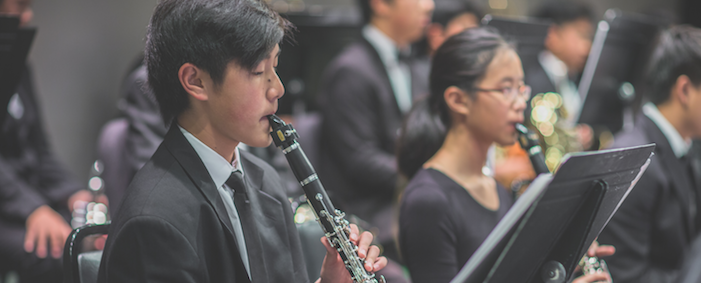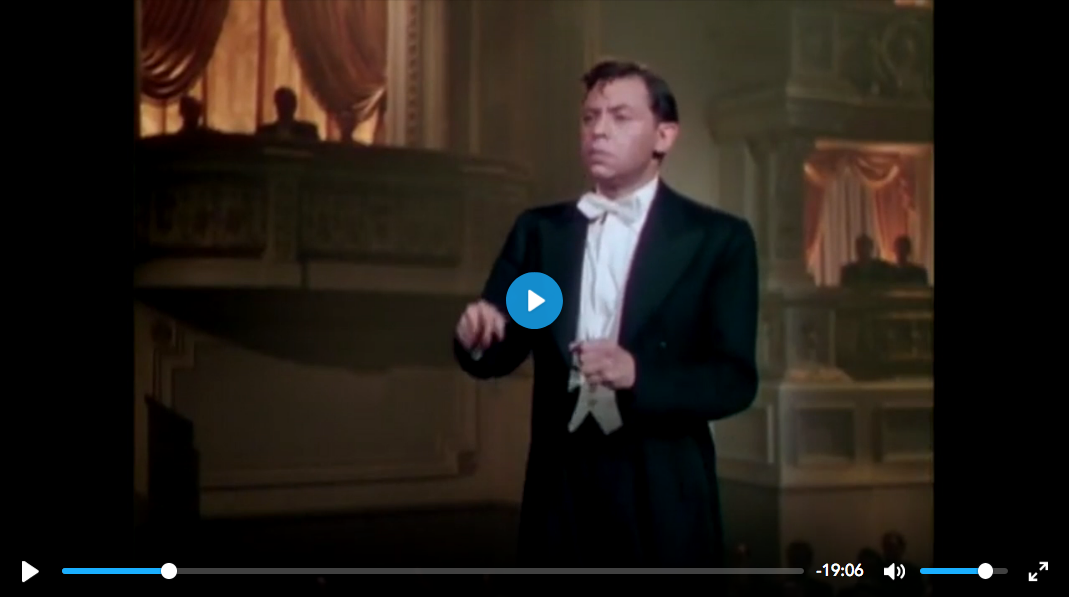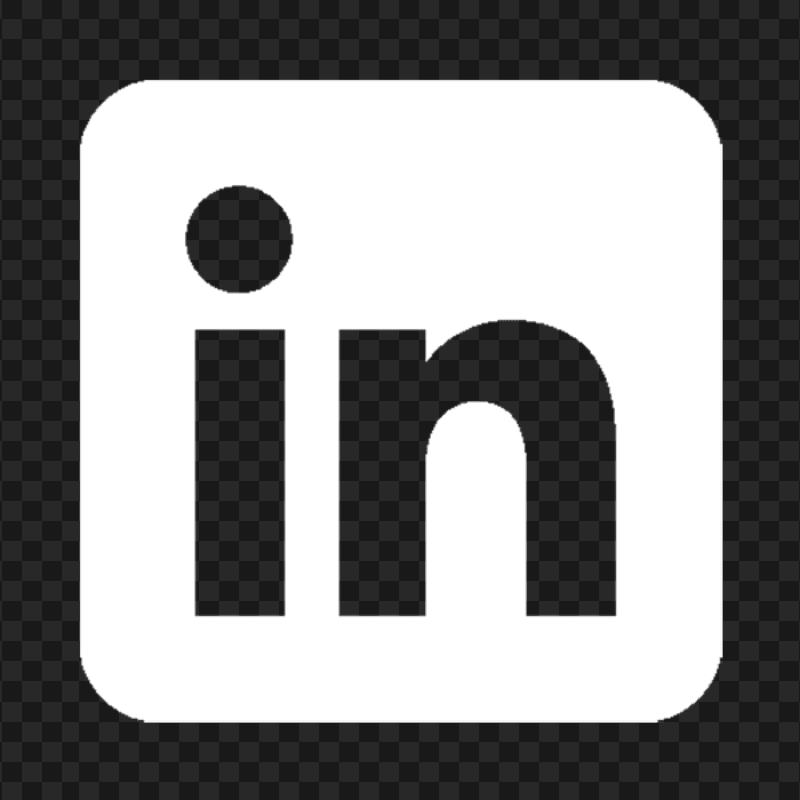
MESSAGE FROM MAESTRO EYLAR
I hope that this finds everyone well and healthy during this unprecedented health crisis, and that you all are staying positive and practicing safe hygiene to flatten the curve. Carmina and I also hope that your families and loved ones are also healthy and safe.
In these very difficult times, we need all the positive energy that we can muster, and music is an unmatched source of consolation, strength, hope, and energy. Although we have had to temporarily suspend our group activity as an orchestra, it is my goal to offer us (myself included, to be sure) a little bit of both diversion from the global problems that beset us, and some instruction with regard to the music that we should be rehearsing right now.
Of course, one of the most difficult aspects of the situation we all find ourselves in at the moment is the uncertainty of how long it will all last, and when things might get back to “normal” or the “new normal” – when will CYS be able to start up again? Although there are no clear answers to this yet, we as an orchestra should be ready to go when the time comes. With that in mind, let us consider the following:
- If the May Associate Orchestra concert is not a possibility, we should all aim for the June 21 date, which we still hold, for the Senior Orchestra Bon Voyage Concert at San Mateo. Alas, the Senior Orchestra tour has been postponed until next season, but there is no reason that we can’t perform a joint concert on June 21 if the situation allows for it. It would be a Bon Voyage concert without the “Voyage” for the Senior Orchestra, and it would give the Associate Orchestra more time to prepare our works, and it would buy as needed rehearsal time, depending on when THAT might be a possibility. And by the way, let us be super thankful that we were able to pull of our March 1 concert: that was the last day of CYS activities! We did it!
- If the May 24 concert is a possibility, then we would be able to finish the season successfully. This would really depend, however, on how much rehearsal time we have left before the concert. If rehearsals resume on April 19, as currently projected, this would give provide us with five (5) rehearsals before the concert. We would, however, shorten the program and focus on the pieces we can confidently perform. Please be cognizant of the fact that the music we are programming is extremely difficult and requires intensive personal practicing, as we only have limited rehearsal time!
The bottom line is that we should be ready on short notice and very short rehearsal time to pull together and play a concert in only a handful of rehearsals, if necessary. I firmly believe that CYS is more than capable of doing this. With that in mind, over the next number of weeks I will be sending you a lot of annotated videos that I am making to help you get to know the music better and clarify important points that you will need to know once we can rehearse again.
In addition, for general musical educational purposes (sorry, I taught at universities for 32 years, it is ingrained in me!) I am also going to share with you all kinds of stuff that I hope you will find both instructional AND highly interesting AND important for musicians. And my aim is also to help take our minds off the difficult times, even briefly, and recharge through the power of music. Parents, this is also for your enjoyment and edification.
My colleague, Maestro Allen Tinkham, Music Director of the Chicago Youth Symphony, put it beautifully in a message to his orchestra just this week:
Music is all about human connection. Right now, as we are being denied direct contact, I believe that music will become even more important than ever. Remember that when we play, we put vibrations into the air that touch the eardrums of the listener. Music literally touches people! We all need to practice toward the moment when we will play together again.
I will be adding things on an almost weekly basis here, so keep an eye out for them. There are many topics that I am looking forward to sharing with you, including the following, which are coming soon:
- Annotated videos with clear and detailed instructions on the works we need to learn
- Leo’s bucket list of works to conduct (I will introduce you to some awesome music!)
- A history of the orchestra
- 1810-1910 landmark works by each decade, with analysis
- And much, much more!
Let’s NOT stop practicing, and let’s look forward to that moment when we are all back together again and making beautiful music together. In addition, let us find ways to connect and keep in touch, and let us work together to find ways that we as an orchestra can bring solace and some joy to those out there who are less fortunate than ourselves: people who really may be isolated and alone. I will be working with the Associate Orchestra Musicians Council to find ways that we can attempt even through the screen of social distancing to bring some music, whether it is through you folks making some videos of yourselves playing, etc. etc. etc., that we can post or send to those less fortunate and in need of the truly positive energy that music can offer. We can do it!
We will all get through this, and Carmina and I just want you all to know that we are thinking of you, ALL of you at CYS, and that if we can bring a few moments of much needed solace and inspiration through music, we both will work tirelessly and happily to do so. To us, CYS is family, and it has been such an honor to work with the best of the best for the last 30 years! Stay well, everyone, and please take good care of yourselves: FLATTEN THE CURVE!
Warmest regards,
Leo and Carmina
"MAESTRO MADNESS"
In this new series, I take a personal and somewhat irreverent look at the art of conducting, and answer questions that I have been repeatedly asked over my 35-year career as a conductor. We will delve into the history of conducting, myths and legends about the field, the demise of the male-dominated stranglehold on the profession, and numerous other topics relevant to all things having to do with “Maestro-itis”. Enjoy! This will be sure to bring a smile to your face!
The Growth of the Orchestra (PART 3)
In our last segment of this three-part series, we look at the expansion of the orchestra to its greatest extent, culminating in the massive works of Mahler, Holst, and others in the late Romantic period. We also hone in on some unusual visitors to the symphony, as well as delving a bit more into the percussion section. Lots of captivating and profoundly moving music to absorb!
The Growth of the Orchestra (PART 2)
We continue our exploration of the growth of the symphony orchestra, with emphasis on the woodwind and brass sections. A plethora of interesting and informative videos with commentary provided!
The Growth of the Orchestra (PART 1)
Part One of my three part series on the growth and development of the orchestra from the beginning of the Classic Period up to the 20th Century.
Khachaturian: Three Dances from the "Gayaneh" Ballet
Shostakovich: Symphony No. 5, 4th Mvt. (PART 2)
Shostakovich: Symphony No. 5, 4th Mvt. (PART 1)
Shostakovich: Symphony No. 5, 4th Mvt.
Here is a different version of the opening according to the composer’s metronome markings.
Scriabin: Poem of Ecstasy (ending)
Mahler: Symphony No. 1, 3rd Mvt.
The CYS Senior Orchestra played this piece last year, so I thought I would include my annotated video of the 3rd movement of Mahler’s glorious Symphony no. 1, composed in 1888. I hope you enjoy this very moving performance and the commentary!
Holst: "Jupiter" from The Planets
"MAESTRO MADNESS" (PART 2)
We continue our look at the fascinating subject of conductors and conducting, with some rare film footage, an inside look from a player’s perspective, and plenty of irreverent clips to poke a bit of fun at the profession. We also briefly look at how conducting evolved from the Baroque Period onward, batons vs. no batons, and other interesting tidbits of esoterica. Enjoy!
NATIONALISM IN MUSIC (PART 1)
In this series I take a look at the thorny subject of Nationalism in music. Nationalism began as a reaction against the Napoleonic domination of Europe at the beginning of the 19th century, and found its way into music by the late 1820s and into the 1830s. Composers such as Chopin, Smetana, Dvořák, Verdi, and others examined here began to insert nationalistic elements into their scores, and we look at what some of these devices were. And there are special videos created by yours truly to help demonstrate. Enjoy!
NOTE: Clicking on the image will open a new window!
NATIONALISM IN MUSIC (PART 2)
I continue my look into Nationalism, with special emphasis on the adoption of folk music and folk-related inspiration for composers across a broad range of countries and periods. Music selections by Chopin, Grieg, Tchaikovsky, Sibelius, Stravinsky, Bartók, and others! A feast for the ears AND eyes!
NOTE: Clicking on the image will open a new window!
"MAESTRO MADNESS" (PART 3)
In this installment I take a rather tongue-in-cheek (at times) look what it takes to be an effective conductor, with some remarkable examples of how NOT to be a conductor as well. I guarantee that this video will bring many smiles to your faces! The FINAL installment of “Maestro Madness”, featuring the top female conductors of today as well as some historical insights into women in music, will be up and ready next week! ENJOY!








